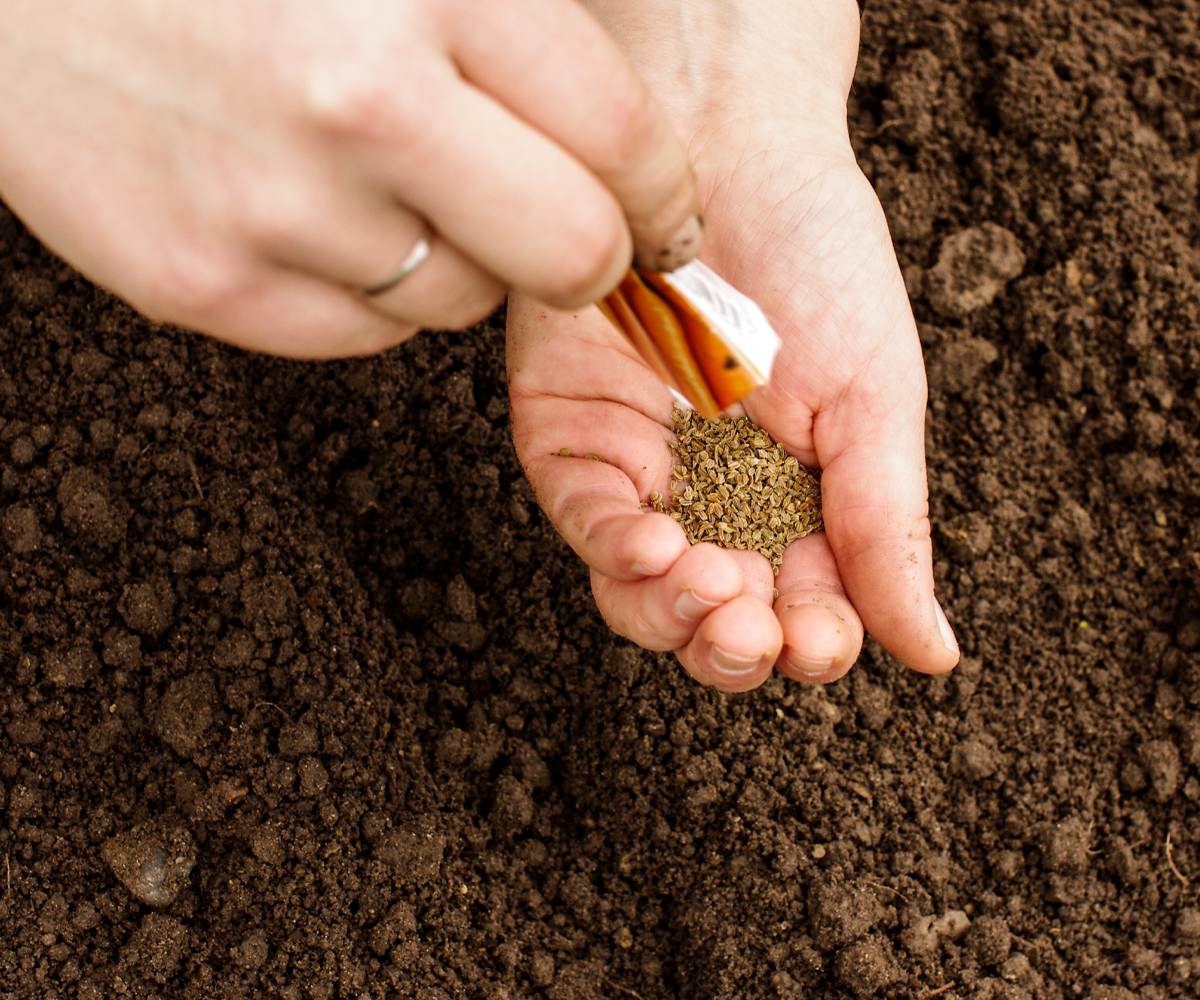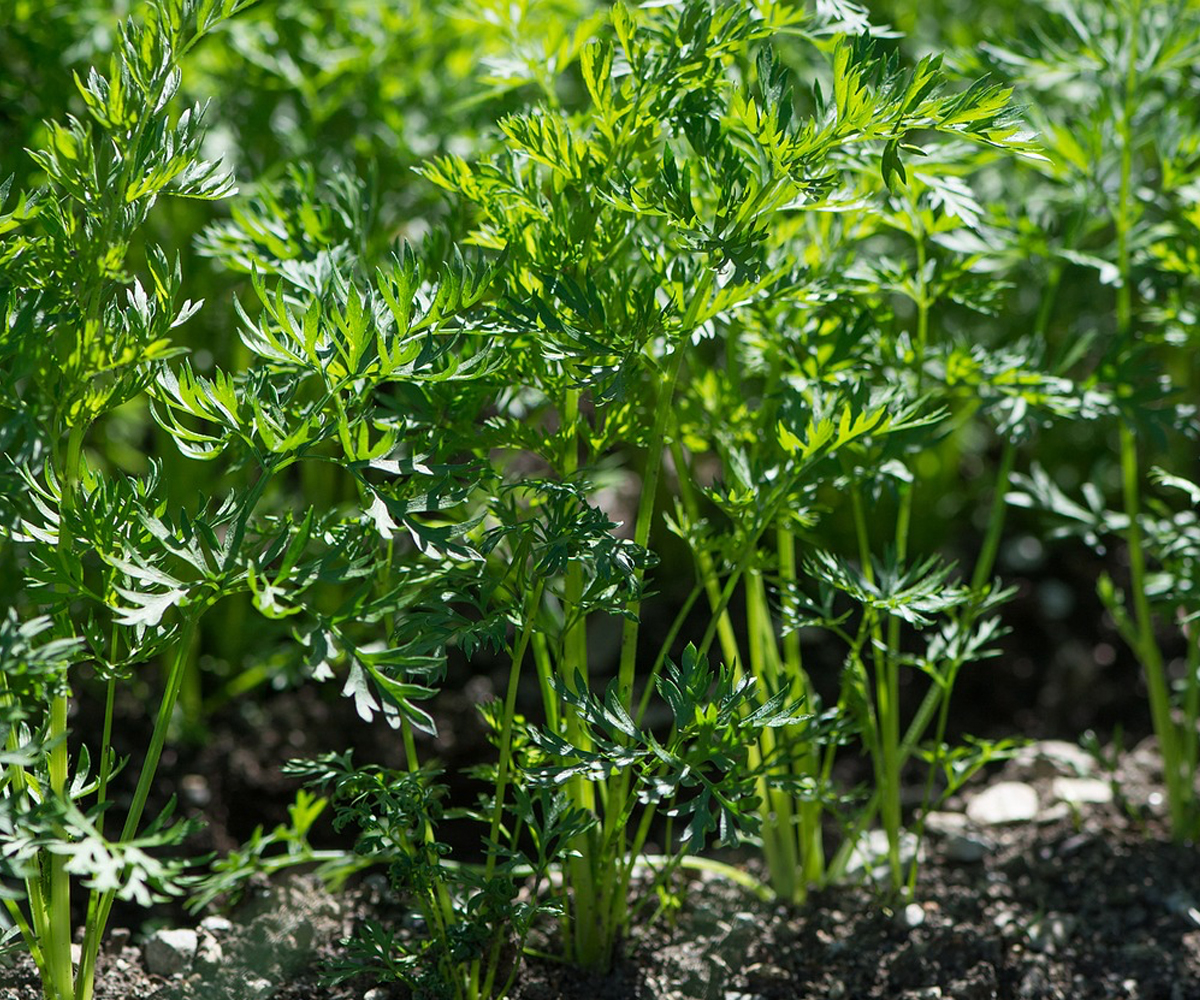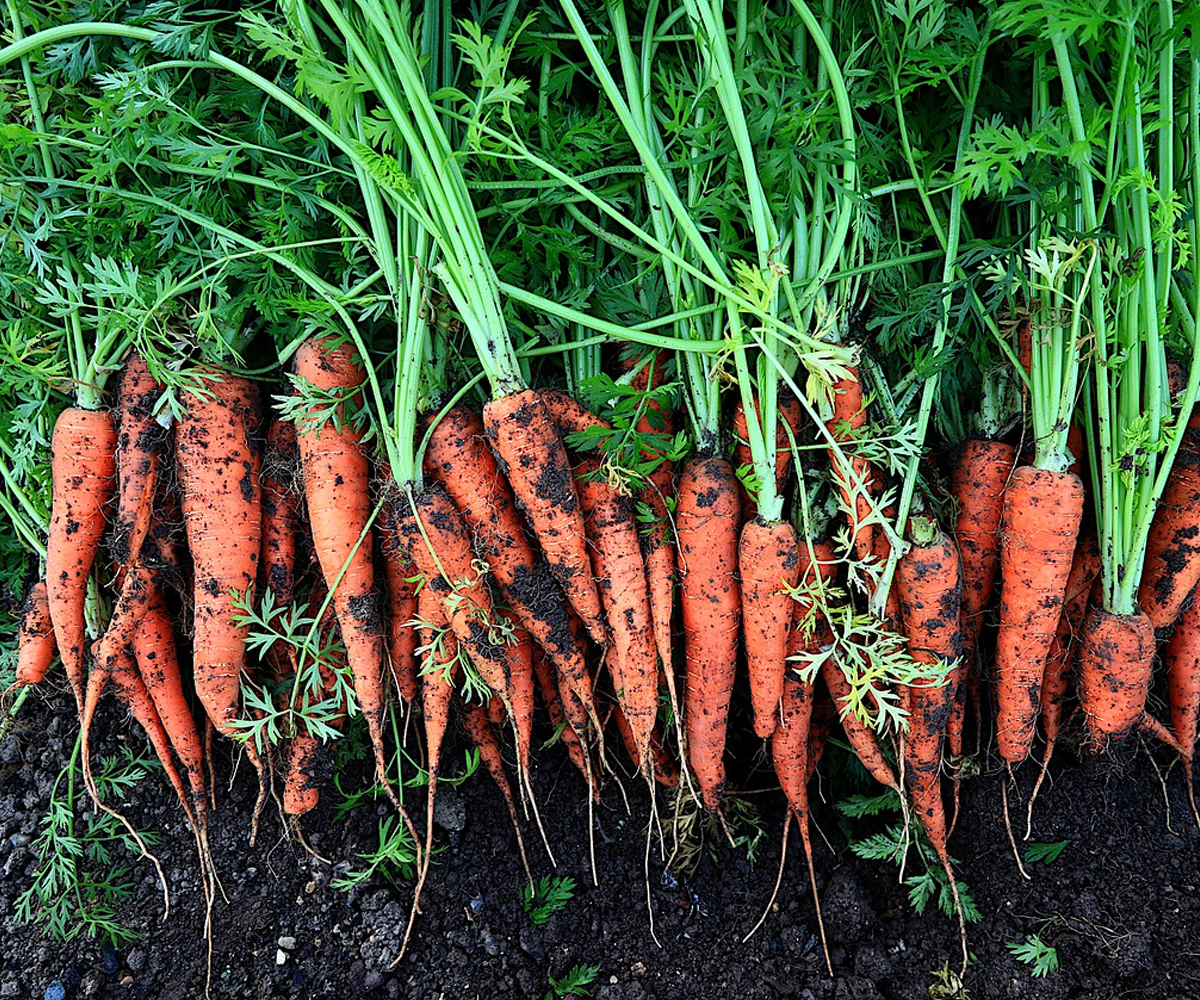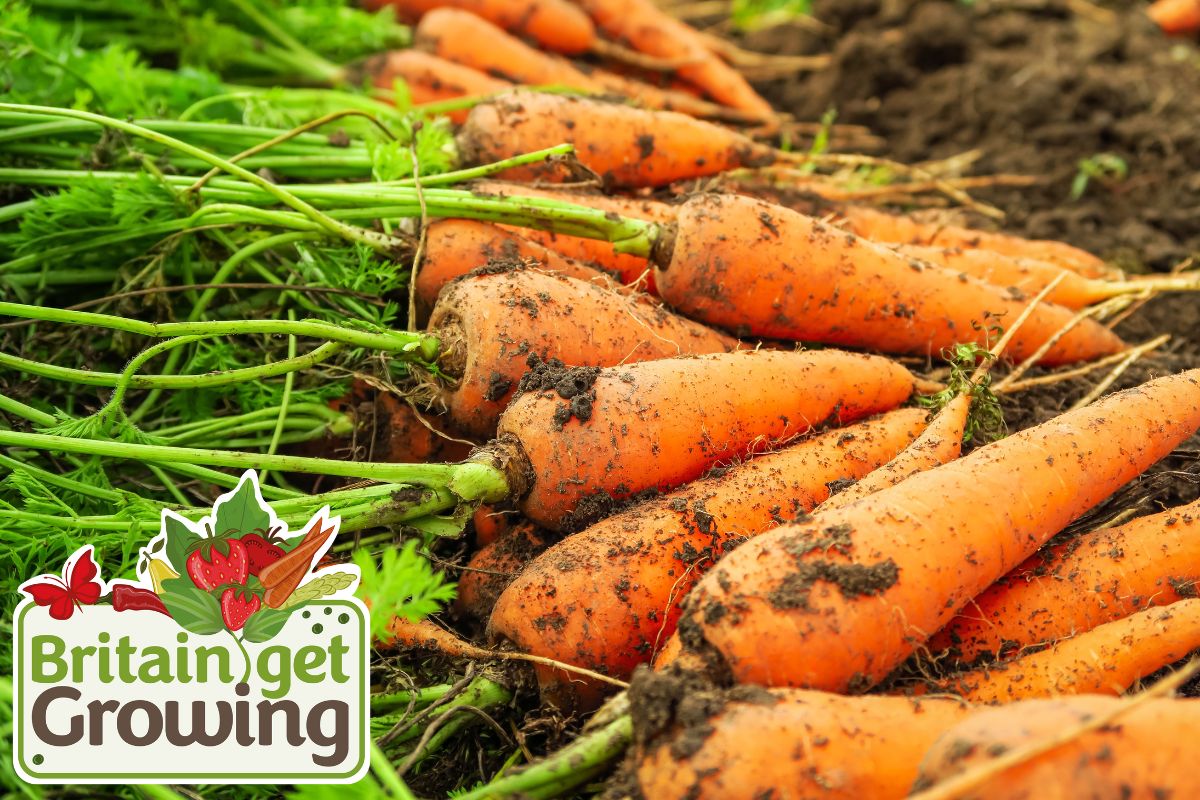Grow Your Own
Carrots
Homegrown carrots are full of flavour, packed with vitamins and a grow your own favourite. They can be grown in your vegetable patch, border or in a container.
Available in early and maincrop varieties, there is a huge range to choose from, our recommendations are:
'Flyaway' - great flavour and resistant to carrot fly
'Nantes' - early variety with outstanding flavour
'James Scarlet' - maincrop variety with good yield and excellent flavour
'Resistafly' - developed to be highly resistant to carrot fly, the root is a Nantes type have a small core and great colour
'Purple Haze' a coloured carrot with a purple exterior and bright orange core with good flavour.

Planting.
Carrots can be sown in February and March but would need to be protected with a cloche or similar. The main sowing season is April to early July. Early varieties are ready in approximately 10 weeks and main crop are ready to lift in approximately 14-16 weeks.
- As carrots are sown directly into the ground, it's essential to spend time preparing the soil prior to sowing your chosen carrot. Dig over the area well, breaking up any lumps and removing stones, ideally dig repeatedly to ensure the soil has a fine texture.
- Carrot seeds are small so it's essential that you sow them as thinly as possible to avoid having to thin the carrots as this is what tends to attract carrot fly.
- You can mix your carrot seeds into sharp sand which can help sewing them thinly.
- Sow in drills 1cm deep and 20-30 cm apart, cover with soil and water well.

Care and growing tips!
To extend your cropping period you can sow seeds successionally every two weeks, you could try different varieties too.
- Weed regularly between rows, ideally do this by hand to ensure the least damage to your plants. Crushing the foliage can attract carrot fly which would spoil your crop.
- Carrots are drought resistant but if there is prolonged dry weather, water minimally. Overwatering water can result in the roots splitting.
- If your soil is very clay/loamy and have had trouble in the past with you can try shorter length variety carrots
- Remember, carrots tend to do better in soil that hasn't grown them for a couple of years (crop rotation). This is because the nutrients that carrots take from the soil need time to build back up, this can also help deter carrot fly if your last crop suffered. You could use break crops such as legumes (beans & peas) or onions.

Harvesting.
Carrots are ready 10-16 weeks from sowing usually. You can harvest when the roots are large enough to use. Sometimes, but not always, you may see the top of the carrots 'popping' out of the ground showing their size and nice vibrant colour, this is a good sign they are ready to pull. Don't leave them in the ground too long once ripe as the flavour may be sacrificed once the carrots are very big.
Now, you have your delicious homegrown Carrots, what shall we cook?!
Carrot and Coriander Soup.
Ingredients
- Onion 1, chopped
- Ground coriander 1 tsp
- Ground cumin ½ tsp
- Ground turmeric ½ tsp
- Carrots 500g, peeled and chopped
- Potato 1 medium, peeled and chopped
- Vegetable stock 1 litre
- Coriander a small bunch, chopped.
Method
1. Heat the oil in a pan then fry the onion until softened.
2. Add all the spices and cook for a minute then stir in the carrots and potatoes, mix well.
3. Pour in the stock, bring to a simmer and cook for 30 minutes or until the veg is tender.
4. Use a hand blender or pour into a blender and whizz until smooth, then stir in most of the coriander and season.
5. Serve topped with the croutons or roasted mixed seeds and an extra sprinkle of coriander, enjoy!
































